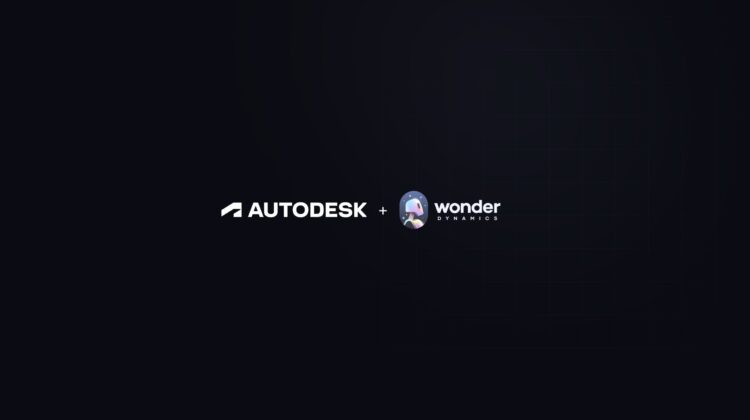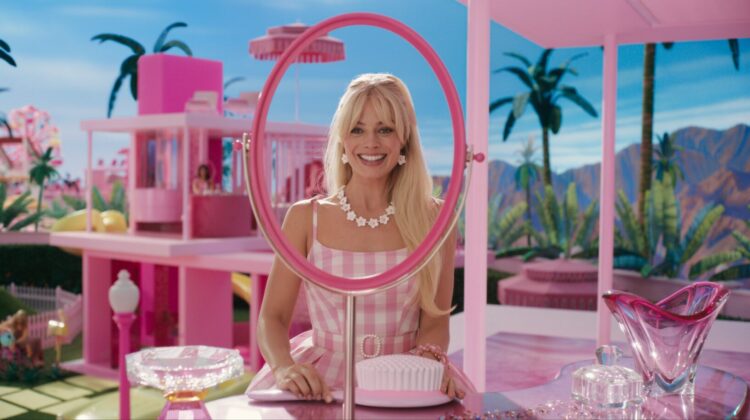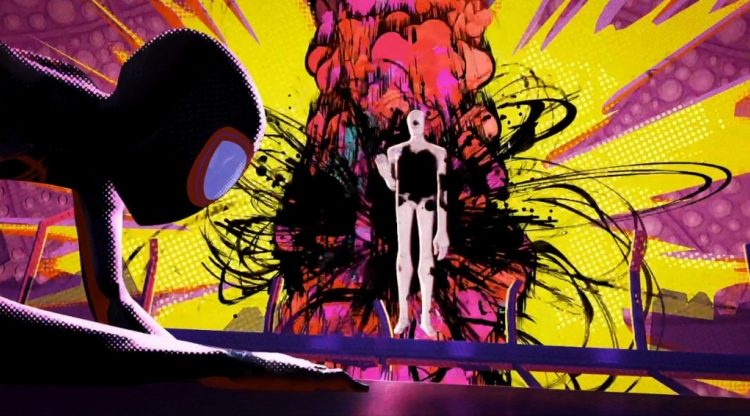The Vanity is a collective of VFX artists, colourists, and motion designers based out of Toronto, Canada. Their team was approached to create a campaign for Dairy Farmers of Ontario, showing anthropomorphic milk glasses doing various activities in a realistic fashion. The end result is an elegant and whimsical spot that is sure to make everybody want to drink more milk. We spoke with Josh Clifton, CG Supervisor at The Vanity, about the process and challenges with making the milk glasses come to life. Through extensive planning, work, creativity, and with the help of tools such as Autodesk’s Maya and Flame, the finished spot was a great success.
Tell us a bit about the campaign?
We were approached by the agency Broken Heart Love Affair as a creative partner for Dairy Farmers of Ontario’s Milk Glass campaign. Initially, they had a rough animatic and the base concept of this anthropomorphic milk glass. Thanks to our previous collaborations with Broken Heart Love Affair we were given a lot of creative freedom to expand on their ideas and really explore the kind of visual language that they wanted to use to convey the concept. We started that exploration with simple style frames. We really wanted to establish the visual complexity of the spot as early and clearly as we could. There was a specific set of activities that the client wanted to show and since it is essentially a pantomime, the choices for actions/animation of the glass, props (if any), and sound queues all needed to be very deliberate to convey the activity. As the look was being refined we were also working on animation and timing. Since there was an existing animatic we were able to nail down the whole spot pretty quickly, although a lot of time was spent on getting the pacing to feel just right. This was an incredibly fun project. It is always amazing to work with a client and agency that encourages you to run with an idea.


What were some of the initial challenges?
Once the animation was set we could start creating the real star of the piece, milk. One of the hardest parts of a job like this is that what you are creating is the client’s product. Since they had really liked the clean, minimalist look for the glass and the environment; the big question was how do you keep the milk in the glass as it jumps around and still have it feel natural? In the end we threw together a quick system that would reduce the intensity of the animation to get the right amount of sloshing. That original animation is then applied to the simulation and you’ve got yourself a dancing milk glass. Well almost. The biggest unknown with this project (for us at least) was the best way to approach the bubbles. Milk has bubbles! How do you keep the bubbles consistent and art directable throughout the entire piece? Short answer, you fake it. We made a couple hero bubble stills as CG assets. These were then comped and tracked on to the top of the glass as needed. Since the bubbles are such an important part of the look of the milk. Having them as a separate element made it much easier to control without the need to go back to CG and re-render entire shots. Now, we have a finished glass of milk.
What were your goals and timeline for the Milk Glass campaign?
The entire project ran about 6-7 weeks from start to finish. The goal was really to make the milk itself fun and engaging. Also, to create a realistic representation of the product, both in terms of look and motion. At the end of the day, it can be doing the most detailed beautiful animation you have ever seen but if it doesn’t look and feel like the product then it doesn’t work.
What software did your team use and how did it help with this project?
Autodesk Maya was used for animation, layout and rendering. Maya is great for doing quick iterations and allows us to get the animation and scenes set up easily. It also made exploring style frames and initial concepts super quick. Autodesk Flame was used for compositing. It would have been a much more involved process of getting the bubbles to work without Flame.

CG SupervisorJosh Clifton”We couldn’t be happier with the final spot. We achieved all of the goals that we had for the project. The most important thing is that the client was very happy with how everything turned out. It is always a bonus to get to work on commercials that are quirky and fun.
What services did CineSys provide?
CineSys is our main software provider, and all of our main suites are built around hardware that we have purchased from them over the years. They’ve been our Maya and Flame reseller since day one. We value our partnership with them tremendously.
In conclusion, what made this project unique and impactful?
Every project has its challenges, but what made this one unique is that on the surface it seems very simple. It can be a surprising amount of work, planning, and creativity to make something appear as simple and minimalistic. It is also just fun and whimsical, which is always interesting.


